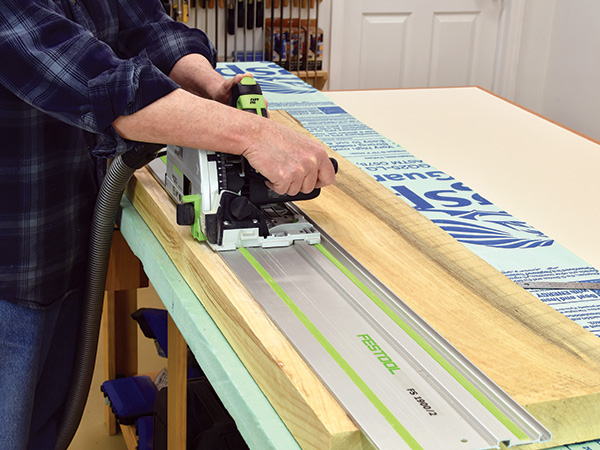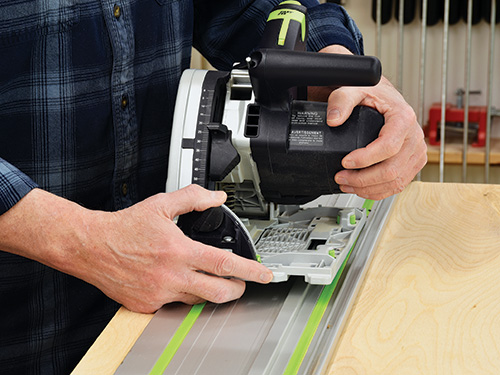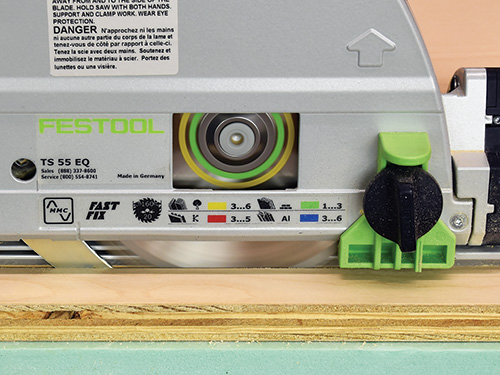
Conceptually, track saws are simple: The sole plate of a circular saw is shaped with grooves on the bottom surface. These grooves fit onto rails on the track’s top surface. The track-and- saw combination is placed as a unit on a workpiece, typically sheet goods and other materials too large or cumbersome for a table saw. This is where the “take-the-saw-to-the-work” idea originated.

For the longest time, there was only one track saw brand out there. Festool invented the category in the early 1960s and then owned the market for decades. The company refined the tool in the early ’80s, adding a plunge-cut action to the tool as well as incorporating a trim strip on the track edge that minimizes splintering. It took more than 40 years, but other manufacturers caught on and finally began producing their own versions of the track saw in the early 2000s. Today, virtually every major tool brand has one or more models.

You could describe track saws as ordinary circular saws on steroids, but that doesn’t accurately convey how useful they can be. While circular saws — and table saws, of course — are the cutting champs, track saws can handle certain tasks better, safer, faster and more accurately. Let’s look at some of these ways.





